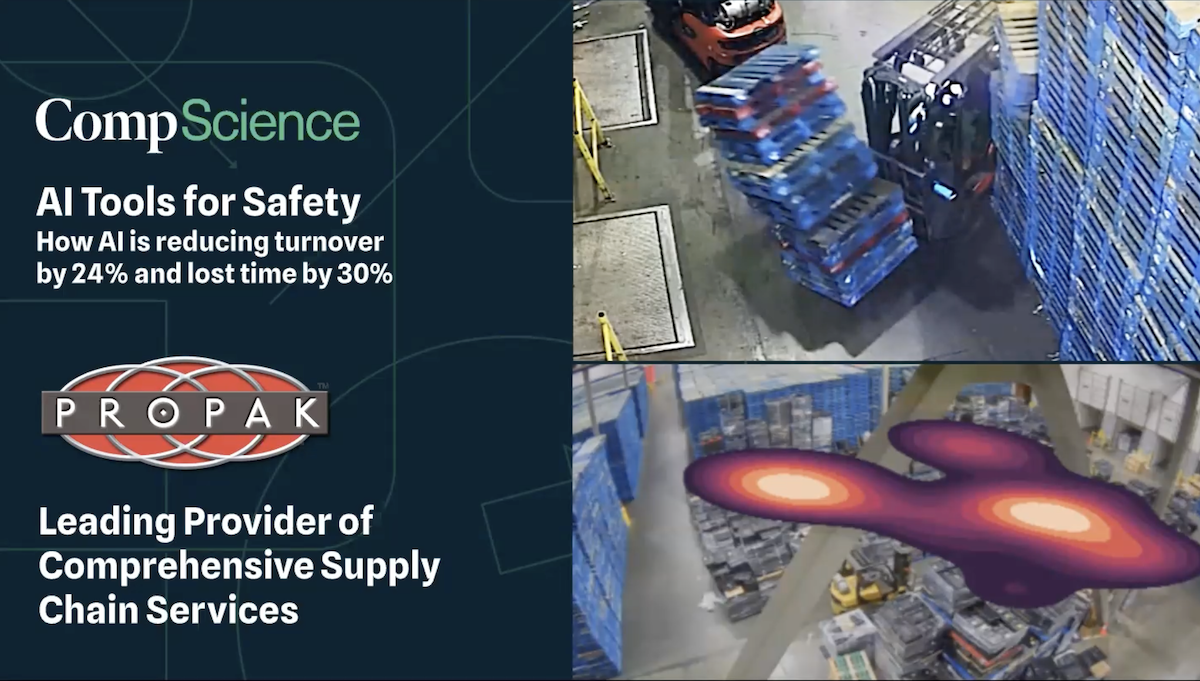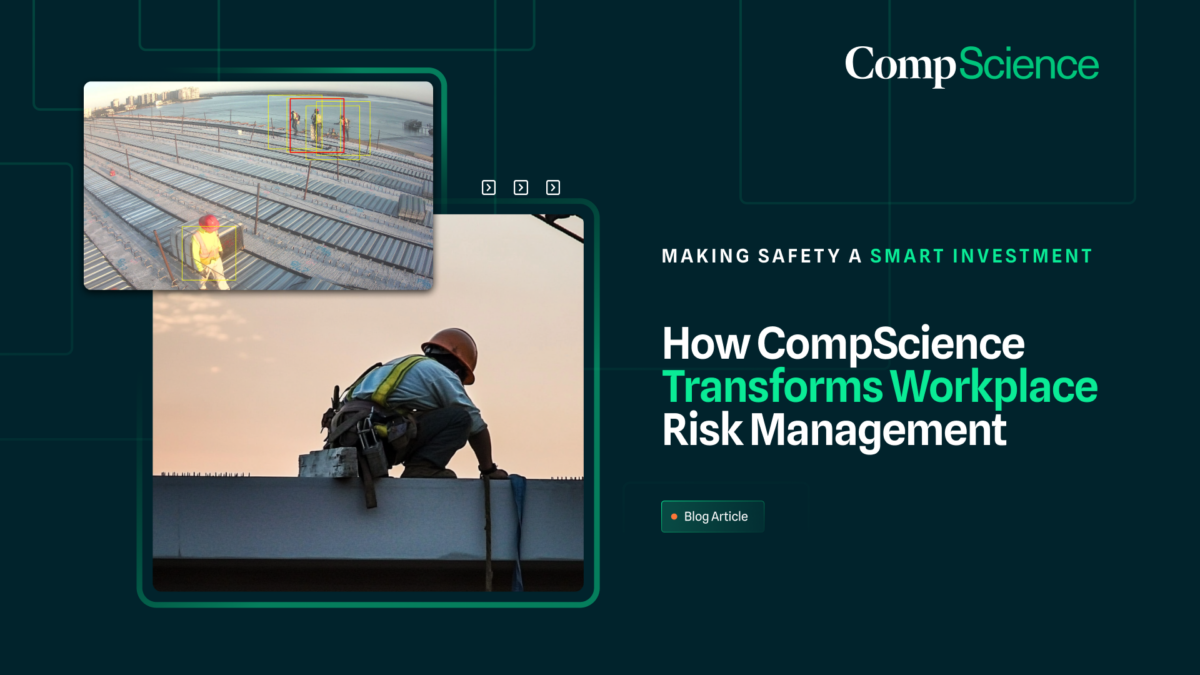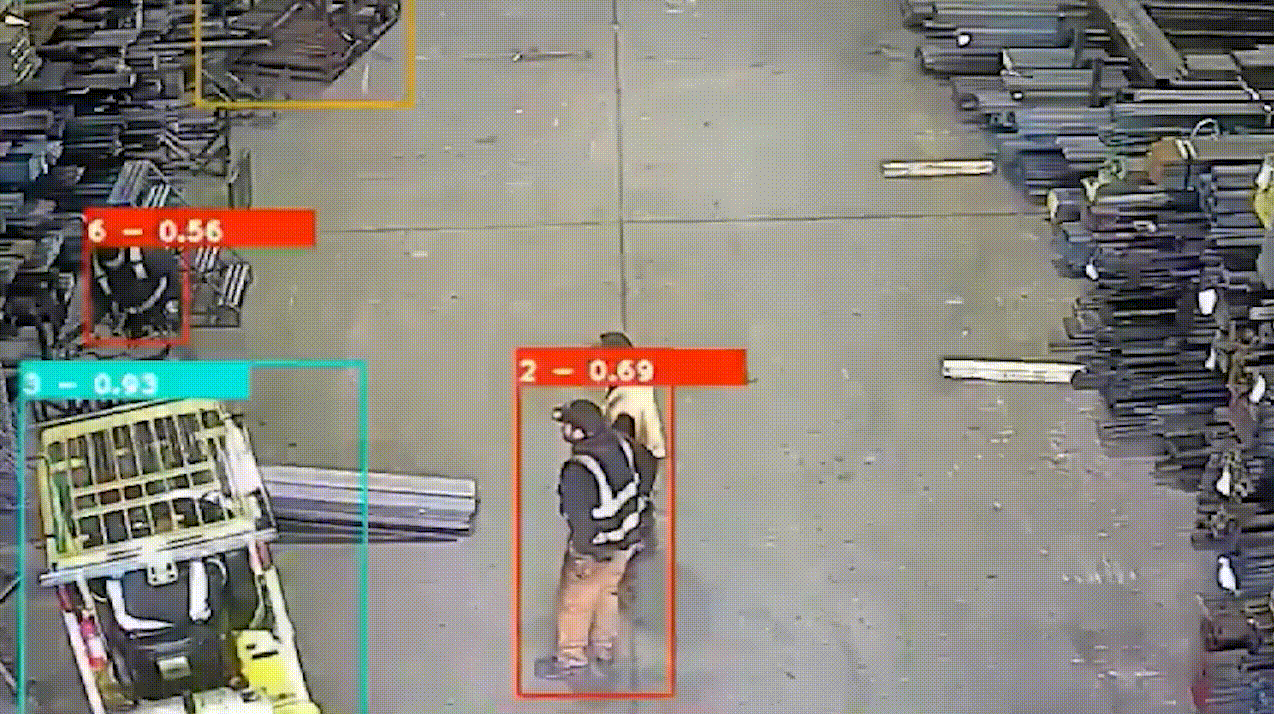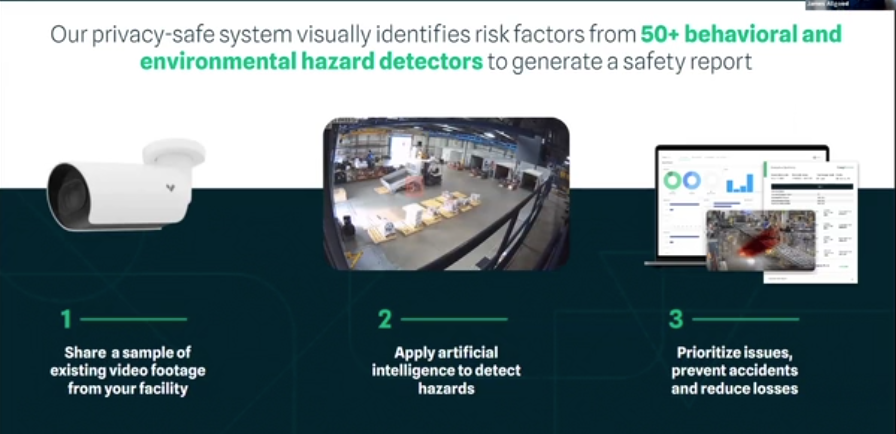Reducing Ergonomic Risk By Identifying Repetitive Waist Bends
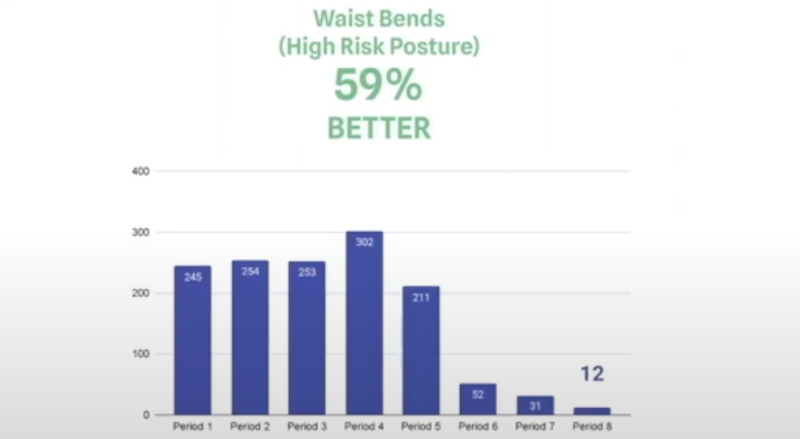
By using computer vision to identify and reduce ergonomic risk, CompScience can succeed not only in reducing workers’ comp rates but also reducing injuries to workers. This video was excerpted from a BenderU Webinar from Bender Insurance Services.
Transcript
Lauren Wandell:
What we did is we started dividing waist bends down into more sections that were a little bit more individualized as far as risk. What we identified were high risk waist bends, which you’ll see here. This worker… It’s not a high risk posture because the stand actually makes it a little bit easier for them to access their work, but it does encourage a very high risk forward bend.Lauren:So we wanted to note where those were occurring, and we also wanted to note where high repetition was occurring. So if someone was moving boxes from one pallet to another, they may not be having this high risk deep forward bend, but the repetition is enough to raise risk that we would want to know where that was happening, when that was happening and how frequently.
Sinead Scrosoppi:
But it’s with a team effort. I remember when we did turn the waist bends on for this one particular client. This client is a large window and door framing company. So they’re constantly working on just big product, which is going to put the employees in those high risk postures. You can see the heat map here. This was where we caught those 40,000-plus events, and even the safety manager who I always said was our super user, she even had reports that she gave to the team and the executive team. She was all in to help reduce this risk. And we thought, “What do we do to differentiate what a high risk waist bend is?” And Ana and Lauren really worked on getting it done. So we did have those two improvements. So you can see here, and this is a big slide. There’s a lot going on. But we had at the end of the pilot, 59% better with their waist bends events. And the team took this to heart.

